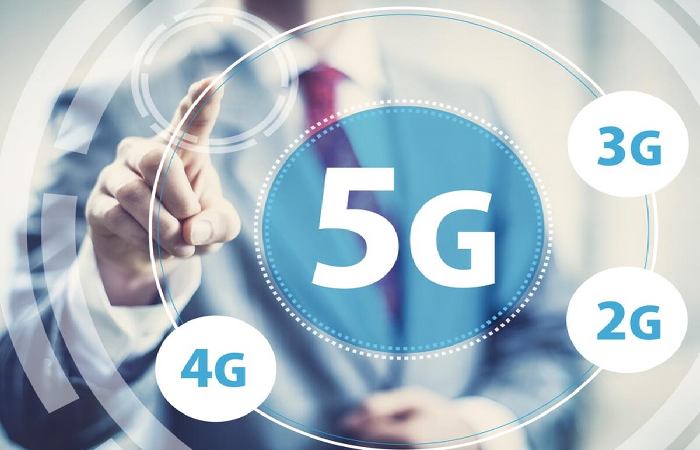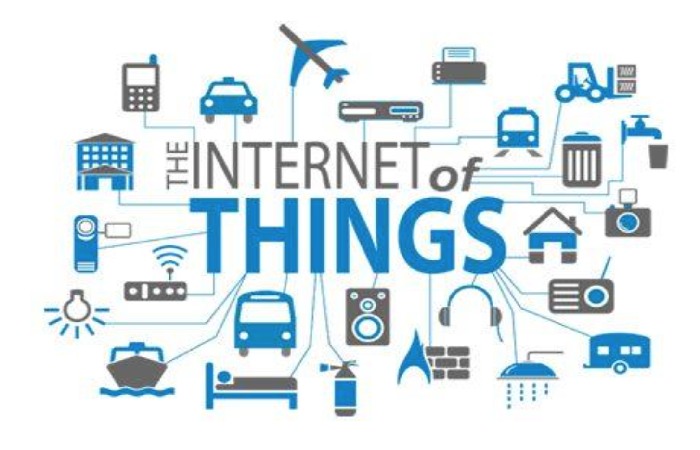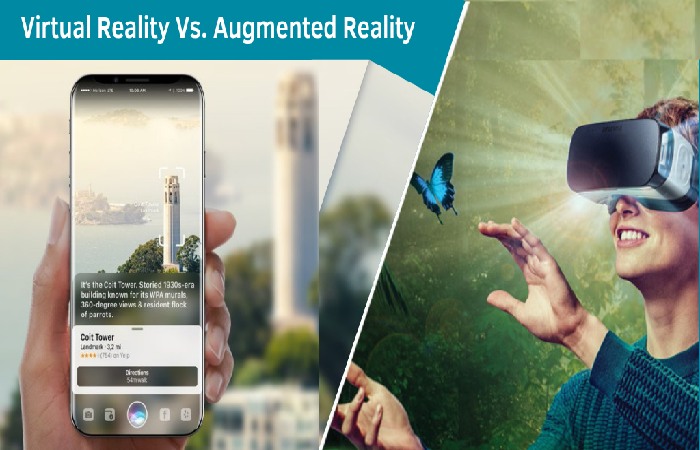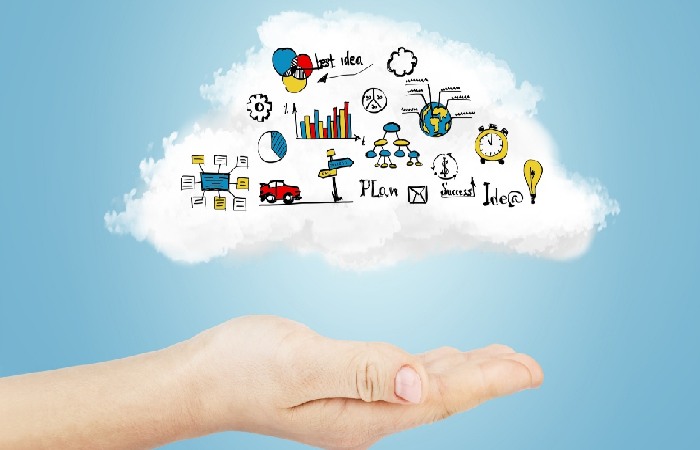You may have heard about the term 5G lately and wonder what it means.
This article covers everything you need to know about this technology, what it is, how it works, when it will arrive, and what the future holds for you on our site Tech Support Reviews.
What is 5G?
5G is short for ‘fifth generation mobile networks’.
And that’s literally what it is: the fifth generation of mobile networks (A mobile network is what you use to call, send text messages, and connect to the Internet when not connected to a Wi-Fi network).
But, in addition, it is set to be much faster than previous generations and, unlike 4G, it might open up new use cases for mobile data. what is 5G
To understand the development of this new mobile network, let’s see a little about the historical background in the evolution of this technology:
- 1G: First-generation networks were introduced in the 1980s. They were analog and carried only voice.
- 2G: In the 1990s, 2G (or second-generation) phones were released that were digital and introduced new features such as texting and picture messaging.
- 3G: The early 1970s ushered in 3G (third-generation), including video calls and mobile data.
- 4G: Ten years later, we saw 4G, and these networks and phones were designed to support mobile Internet and higher speeds for activities like streaming video and games.
When will 5G arrive?
Some countries such as Japan, South Korea, China, and the United States launched in late 2018 and early 2019.
However, in the United Kingdom, the launch will not start until 2020, according to the government’s strategy and statements of network operators.
On the other hand, Huawei in China is driving many developments in this technology.
According to Sebastián Cabello, head of the GSMA (Association of Mobile Operators) in Latin America, the scenario is different, estimates that this new network will arrive in mid-2020.
However, its deployment will only cover approximately 50% of the total coverage by 2025.

What benefits will 5G bring?
The main benefit is expected to be a much faster connection. Some say up to 100 times faster than 4G.
High-end 4G networks, also known as 4G +, LTE-A, or 4.5G, can offer peak download speeds of up to 300Mbps. By comparison, 5G promises to deliver speeds above 1 Gbps (1000 Mbps), with many estimates putting it closer to 10 Gbps (10,000 Mbps)
To give us an idea, you will be able to download a Full HD movie in fewer than 10 seconds on a 5G network.
The similar task would take about 10 minutes in 4G. We can see in Table 1 a comparison of mobile networks.
Table 1. The download time in mobile networks.
| Network Type | Download speed | The download time of an HD movie |
| 3G | 384Kbps | About a day. |
| 4G | 100Mbps | Around 7 minutes. |
| 4G + | 300Mbps | 2.5 minutes |
| 5G | 1-10Gbps (theoretical) | 4-40 seconds |
It will also have a much lesser latency, which means that you will experience very little lag when using network-connected applications on your phone or other devices.
We are talking about milliseconds, which are undetectable at the user level.
This latency will help not only the better performance of existing applications.
Such as online games, but could also be vital for applications such as cars or driverless vehicles, where any delay could be the difference between life and death.
Table 2 shows how 5G latency compares to current latency.
Table 2. Comparison of latencies between mobile networks.
| Network Type | Milliseconds (ms) |
| 3G Network | 120ms (current) |
| 4G Network | 45ms (current) |
| 5G Network | 1ms (theoretical) |
In addition, 5G will also have greater capacity, which means that networks will better cope with many high-demand applications, from connected cars and IoT (Internet of Things) devices to virtual reality devices and simultaneous HD video streaming.
All of this must be added that 5G will have a fast and stable connection wherever you are and whatever you are doing on your phone.
5G Usage Examples and Impact in the Real World
For starters, you can download movies and games in seconds and watch them without preload the video.
We are also likely to see new applications that use virtual and augmented reality. For example, you can see satellite navigation projected on the windshield of your car or vehicle.
We are also likely to see even more IoT devices like phones, refrigerators, and lights connecting.
The Internet of Things is starting to grow rapidly, but with the speed and capacity that 5G offers.
Autonomous Vehicles and Smart Transportation

5G plays a crucial role in enabling the development and deployment of autonomous vehicles and smart transportation systems.
It supports vehicle-to-vehicle (V2V) and vehicle-to-infrastructure (V2I) communication, facilitating real-time data exchange for improved traffic management, enhanced safety features, and optimized transportation logistics.
5G connectivity enables vehicles to communicate with each other and with smart traffic systems, making transportation more efficient, reducing accidents, and paving the way for self-driving cars.
IoT
According to Asha Keddy, general manager of mobile standards for advanced technology at Intel, 5G will be the first network designed with the Internet of Things (IoT) in mind.
Keddy, in an interview before the Mobile World Congress 2017, said:

However, some network operators claim that 5G is not simply another network upgrade.
But represents a “revolution” that could allow the development of applications and services that benefit society. Some of these applications are described below:
“These next-generation networks and standards will have to solve a more complex challenge of combining communications and computing.”
“With 5G, we will see computing capabilities merge with communications everywhere, so trillions of things like handheld devices don’t have to worry about computing power since the network will be able to do any necessary processing.
Virtual reality and augmented reality

5G’s high-speed and low-latency capabilities are beneficial for AR and VR applications. It enables seamless streaming and real-time interactions in augmented reality experiences.
Such as immersive gaming, virtual tours, remote collaboration, and training simulations. With 5G, AR and VR experiences become more responsive and immersive, enhancing user engagement.
5G will bring advancements in virtual reality and video streaming.
Sprint Corporation (US mobile phone company) demonstrated wireless virtual reality transmission at the Copa América soccer tournament, while Huawei demonstrated 360-degree video broadcast live from a 5G network.
Cloud applications
Remote storage and web applications can benefit from 5G. El-Kadi, Head of Presales at Ericcson, said:
“The cloud becomes an infinite extension of your phone storage.”

In addition to the additional storage on the phone, you may see a significant difference in the overall mobile hardware design.
With 5G, many processing tasks generally performed on your device can be moved to the network.
Since the devices will not require the same computing capabilities, we will view so-called “dummy phones” with minimal hardware using the network to complete these tasks.
The transfer of power from the device to the network also means that your cell phone will live a longer life.
Remote Work and Telecommunications
5G facilitates remote work and telecommuting by providing reliable, high-speed connectivity.
It enables seamless video conferencing, file sharing, and collaboration tools, allowing employees to work from anywhere with minimal disruption.
With 5G, remote workers can enjoy a consistent and reliable connection, boosting productivity and flexibility.
Healthcare Innovations
5G’s low latency and high-speed capabilities can revolutionize healthcare delivery. It enables real-time telemedicine consultations, remote patient monitoring, and quick transmission of large medical files like high-resolution images and videos.
Surgeons can even perform remote surgeries using robotic-assisted systems with minimal delay, benefiting patients in remote areas or during emergencies.
Conclusion
These are just a few examples of how 5G usage can impact the real world. As 5G networks continue to expand and mature, we can expect further advancements and innovations across industries, transforming the way we live, work, and interact with technology.






2 Comments
[…] amazing tool allows you to network and also meet others in the space of digital marketing. Here, you are getting the freedom of […]
https://www.techsupportreviews.com/what-is-web-layout/ it is very informative site excellent.